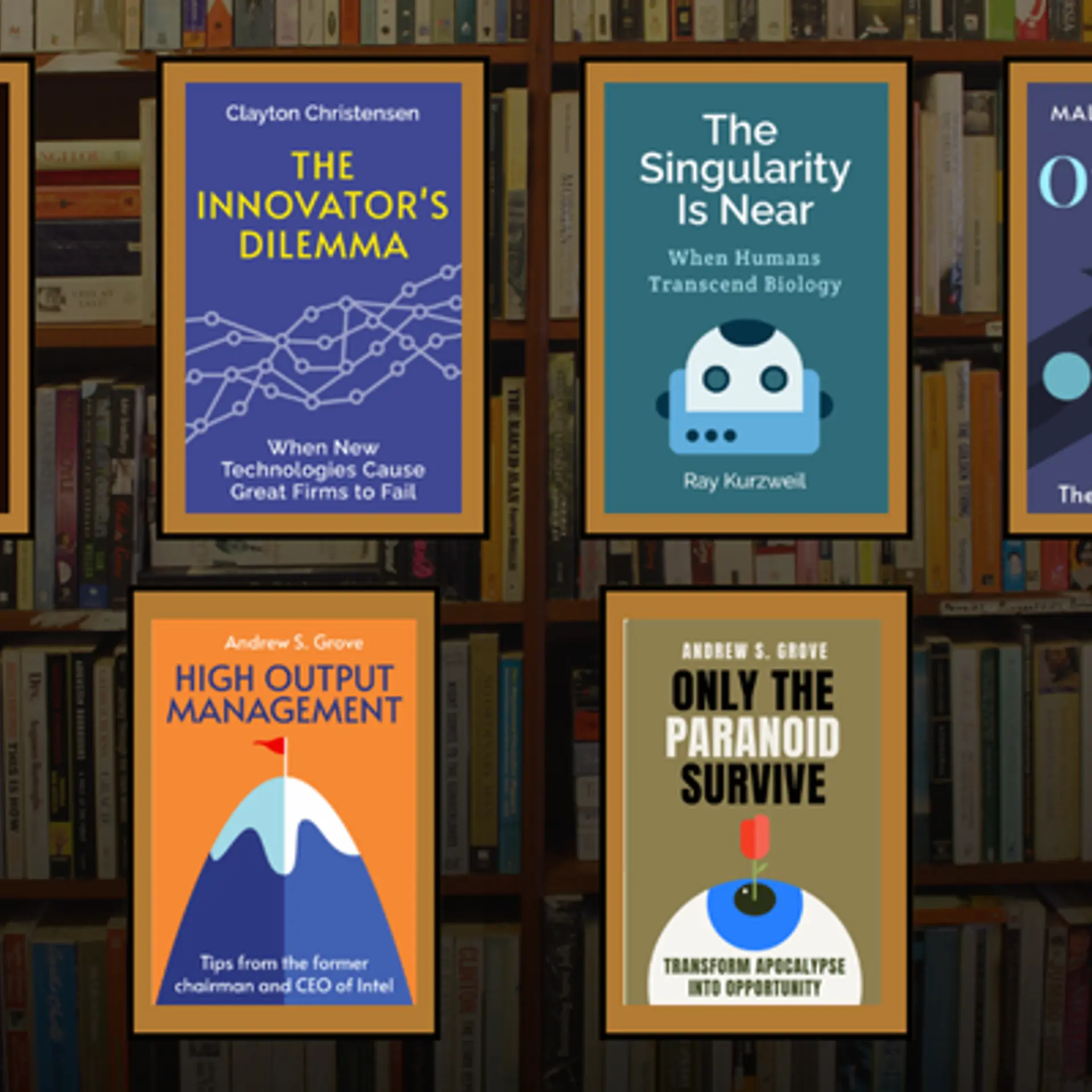Recently, the NYTimes featured an article entitled, “Can the Cellphone Help End Global Poverty?”, in which it highlighted a new wave of “human behaviour” research funded by cellphone companies such as Nokia in order to tap into less developed markets. The author of the article centers around a series of conversations/interactions with Jan Chipchase, a “user anthropologist” for Nokia, but I will highlight the larger trends presented in the article instead.
According to the article, Asia and Africa are at the cusp of a new wave of technological improvements and access that potentially stand to benefit a significant portion of the poor, underprivileged population (we have highlighted a few key trends here – InternetSpeech, SMS for Blood Donors, Quarter Million Internet Capable Phones, LifeLines Education, Cellphones as a Social Epidemic, and CureHunter). Small improvements in terms of access, suggests the article, can generate exponential returns:
Today, there are more than 3.3 billion mobile-phone subscriptions worldwide, which means that there are at least three billion people who don’t own cellphones, the bulk of them to be found in Africa and Asia. Even the smallest improvements in efficiency, amplified across those additional three billion people, could reshape the global economy in ways that we are just beginning to understand.
To get a sense of how rapidly cellphones are penetrating the global marketplace, you need only to look at the sales figures…Eighty percent of the world’s population now lives within range of a cellular network, which is double the level in 2000. And figures from the International Telecommunications Union show that by the end of 2006, 68 percent of the world’s mobile subscriptions were in developing countries.
How exactly do cellphones contribute to development, you may ask? Well, according to development specialists and business scholars Robert Jensen, cellphones have been proven to augment income:
Robert Jensen, an economics professor at Harvard University, tracked fishermen off the coast of Kerala in southern India, finding that when they invested in cellphones and started using them to call around to prospective buyers before they’d even got their catch to shore, their profits went up by an average of 8 percent while consumer prices in the local marketplace went down by 4 percent.
In fact, “a 2005 London Business School study extrapolated the effect even further, concluding that for every additional 10 mobile phones per 100 people, a country’s G.D.P. rises 0.5 percent.” Further research by the World Resources Institute, which, in collaboration with the International Finance Corporation, published a report entitled, “The Next Four Billion,” has found that poor families invest a significant amount of their savings in the information-communication technology category. Here are further details from their findings (more after the jump):
One of the most remarkable findings was that even very poor families invested a significant amount of money in the I.C.T. category — information-communication technology. What they’re buying, he says, are cellphones and airtime, usually in the form of prepaid cards. Even more telling is the finding that as a family’s income grows — from $1 per day to $4, for example — their spending on I.C.T. increases faster than spending in any other category, including health, education and housing. “It’s really quite striking,” Hammond says. “What people are voting for with their pocketbooks, as soon as they have more money and even before their basic needs are met, is telecommunications.”
This research represents a significant trend – one that holds the potential to provide the poor with the resources to empower themselves by “encouraging entrepreneurship as opposed to more traditional top-down approaches in which aid money must filter through a bureaucratic chain before reaching its beneficiaries.” This represents a new wave of bottom-up empowerment that relies on the resourcefulness and ingenuity of the poor to uplift themselves.
The article presents another excellent example of this entrepreneurial spirit by way of Uganda:
During a 2006 field study in Uganda, Chipchase and his colleagues stumbled upon an innovative use of the shared village phone, a practice called sente. Ugandans are using prepaid airtime as a way of transferring money from place to place, something that’s especially important to those who do not use banks. Someone working in Kampala, for instance, who wishes to send the equivalent of $5 back to his mother in a village will buy a $5 prepaid airtime card, but rather than entering the code into his own phone, he will call the village phone operator (“phone ladies” often run their businesses from small kiosks) and read the code to her. She then uses the airtime for her phone and completes the transaction by giving the man’s mother the money, minus a small commission. “It’s a rather ingenious practice,” Chipchase says, “an example of grass-roots innovation, in which people create new uses for technology based on need.”
In an attempt to actualize profits through this new technology wave, phone companies such as Nokia and Vodaphone are looking to add customers “not by the millions, but by the billions” (refer to this previous post to see where India stands in terms of mobile technology), and their foremost priority is offering a phone that fits the needs of customers ranging from a farmer in rural India to a goods hawker in urban China:
How do you make a phone that can be repaired by a streetside repairman who may not have access to new parts? How do you build a phone that won’t die a quick death in a monsoon or by falling off the back of a motorbike on a dusty road? Or a phone that picks up distant signals in a rural place, holds a charge off a car battery longer or that can double as a flashlight during power cuts? To enhance the phone’s usefulness to illiterate customers, [Nokia] has designed software that cues users with icons in addition to words. The biggest question remains one of price: Nokia’s entry-level phones run about $45; Vodafone offers models that are closer to $25; and in a move that generated headlines around the world, the Indian manufacturer Spice Limited recently announced plans to sell a $20 “people’s phone.
The question is how to harness this wave in a way that maximizes benefit to the poor. What do you think?






